The History And Evolution Of The Hells Angels
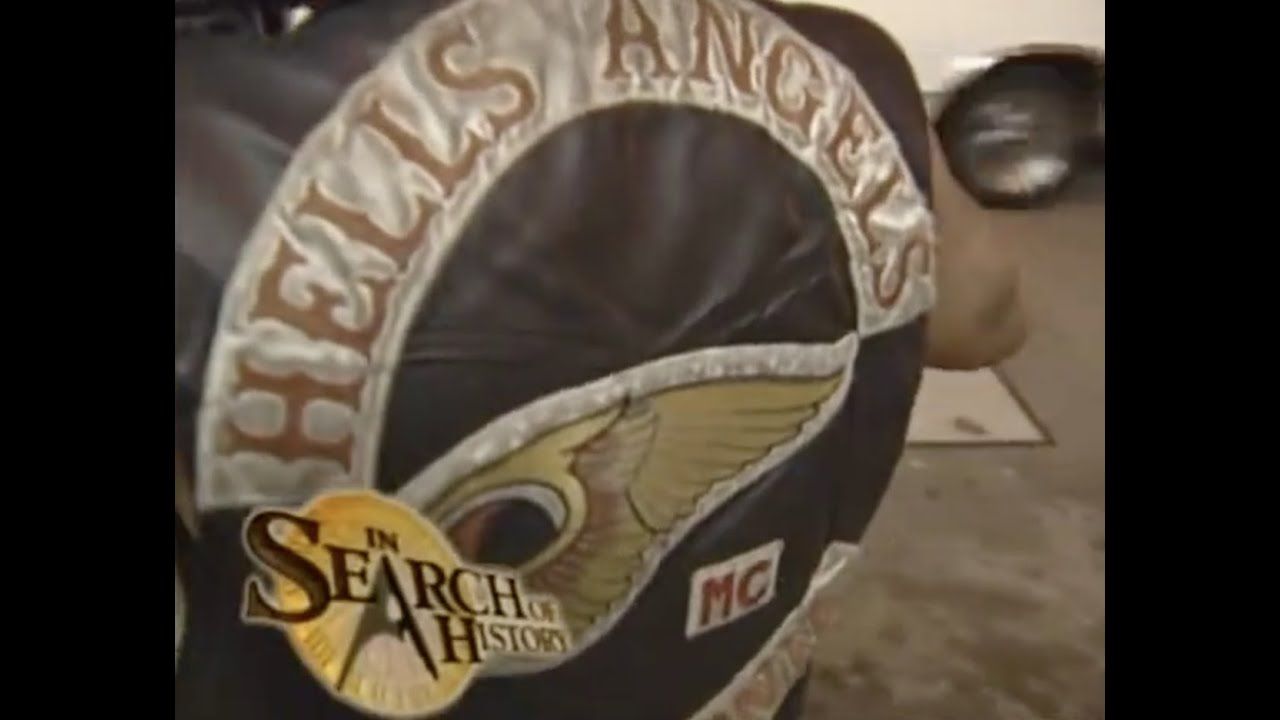
Table of Contents
The Genesis of the Hells Angels (1948-1950s): Early Days and Founding
The Hells Angels' story is inextricably linked to the post-World War II era.
Post-WWII Context and the Rise of Motorcycle Clubs
The years following WWII saw a surge in motorcycle clubs. Returning veterans, facing economic uncertainty and a sense of disillusionment, found solace and camaraderie in the rebellious spirit of motorcycle culture. The open road represented freedom, a stark contrast to the structured conformity of post-war society. This yearning for freedom fueled the rise of motorcycle gangs, and among them, the Hells Angels emerged. Founded in San Bernardino, California, in 1948, the club quickly established its unique identity and visual style.
- Economic Factors: Unemployment and a lack of affordable housing contributed to a sense of unrest amongst veterans.
- Social Factors: A desire to break free from societal norms and expectations drove many young men to join motorcycle clubs.
- Early Activities: Early activities included motorcycle racing, bar fights and generally disruptive behavior, establishing their reputation for rebelliousness.
- Imagery: The adoption of the iconic "death head" logo cemented their image as a defiant and potentially dangerous group.
Early Club Structure and Internal Dynamics
The early Hells Angels were loosely organized, with a hierarchical structure evolving over time. The "patch," a significant emblem displaying the club's name and insignia, became a potent symbol of membership and loyalty. This patch represented not only affiliation but also a claim to territory and power. Early conflicts with other motorcycle clubs and law enforcement were common, shaping their reputation for violence and lawlessness.
- Hierarchy: A president, vice president, and other officer positions began to solidify the structure of the club.
- Patch Significance: The iconic patch became a symbol of identity and a marker of membership, signifying loyalty and commitment to the club.
- Early Conflicts: Territorial disputes and clashes with rival motorcycle gangs – like the Mongols MC and Bandidos MC – were frequent occurrences.
Expansion and the Rise to Notoriety (1960s-1970s): The Hells Angels' Growth and Criminal Activities
The 1960s and 70s witnessed a significant expansion of the Hells Angels' reach and influence.
Geographical Expansion and Chapter Formation
The club spread across the United States, establishing numerous chapters. This expansion was fueled by recruitment, territorial ambition, and the allure of the Hells Angels' outlaw image. Each chapter operated with a degree of autonomy, leading to challenges in maintaining centralized control and uniform practices.
- National Expansion: Chapters spread across the United States, solidifying the Hells Angels' presence in various regions.
- International Expansion: The club began to establish chapters in other countries, expanding their global reach.
- Challenges of Control: Managing numerous independent chapters presented significant challenges to the club's overall leadership.
Involvement in Criminal Activities and Law Enforcement Crackdowns
During this period, the Hells Angels' involvement in criminal activities, including drug trafficking and violence, became increasingly prominent. Law enforcement agencies launched extensive investigations, leading to numerous arrests and convictions. The media played a significant role in shaping public perception, often portraying the Hells Angels as ruthless criminals.
- Drug Trafficking: The Hells Angels were extensively involved in the distribution of narcotics, expanding their criminal enterprise.
- Violence and Extortion: The club used violence to maintain control over territories and businesses.
- Law Enforcement Response: Significant law enforcement crackdowns targeted the club's criminal operations, leading to numerous arrests and convictions.
The Hells Angels in the Modern Era (1980s-Present): Adaptation and Continued Controversy
The Hells Angels have continued to adapt and evolve in the modern era, while maintaining their controversial reputation.
Globalization and International Chapters
The Hells Angels' presence has expanded to a truly global scale, with chapters in numerous countries around the world. This global reach presents logistical and organizational challenges, but the club continues to maintain its structure and influence. Cultural adaptations are noticeable, with local variations in activities and styles within different international chapters.
- Global Reach: Chapters exist in numerous countries, signifying the Hells Angels' successful global expansion.
- Organizational Challenges: Managing a worldwide organization requires sophisticated logistical capabilities and international coordination.
- Cultural Adaptation: Local cultural influences are noticeable in the way the different chapters operate and the activities they engage in.
Ongoing Legal Battles and Public Perception
Legal battles and law enforcement investigations continue to target the Hells Angels, highlighting their persistent involvement in illegal activities. Public perception remains largely negative, though some romanticized notions persist in popular culture. The club's efforts to manage its public image remain limited and largely ineffective.
- Ongoing Investigations: Various law enforcement agencies continue to investigate the club's activities globally.
- Public Perception: The public overwhelmingly views the Hells Angels negatively, although their image remains a subject of fascination and debate.
The Hells Angels' Subculture and Lifestyle
The allure of the Hells Angels' lifestyle persists. The club’s symbolism, rituals, and internal culture continue to attract individuals seeking rebellion, brotherhood, and a sense of belonging. Their presence in popular culture, albeit often negative, underscores the club's enduring impact and influence.
- Appeal of the Lifestyle: The lifestyle continues to attract individuals, despite the obvious risks and dangers involved.
- Symbolism and Rituals: The club’s symbols, rituals, and internal culture create a powerful sense of identity and belonging.
- Popular Culture: Movies, books, and documentaries continue to explore the Hells Angels, perpetuating their notoriety and shaping public perception.
Conclusion
From their post-war origins to their current global presence, the Hells Angels' history is a complex narrative of rebellion, criminal activity, and enduring fascination. Their story is a reminder of the enduring allure of outlaw culture, coupled with the very real consequences of organized crime. Understanding the Hells Angels requires acknowledging both the romanticized image and the harsh realities of their actions. Their legacy continues to impact motorcycle culture and society at large, prompting ongoing discussion and debate. Learn more about the fascinating and complex history of the Hells Angels. Continue exploring the evolution of this notorious motorcycle club, and delve deeper into their multifaceted story. Search for more information on "Hells Angels history," "Hells Angels Motorcycle Club," or "Hells Angels criminal activity" to uncover further details about this iconic, yet controversial group.

Featured Posts
-
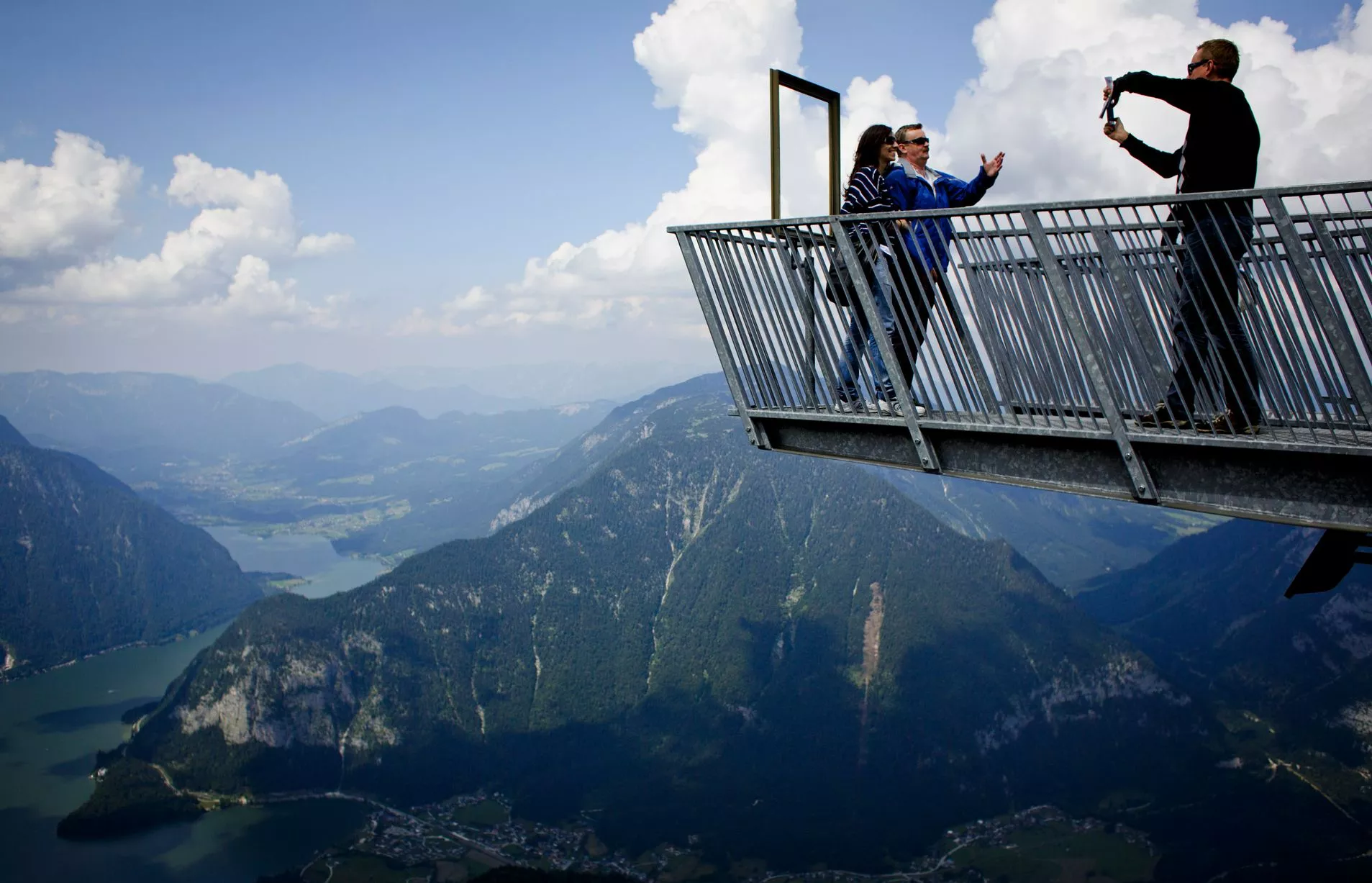 Monday Night Tv Your Top 10 Viewing Guide
May 26, 2025
Monday Night Tv Your Top 10 Viewing Guide
May 26, 2025 -
 Analyse De L Utilisation De X Par Elon Musk Et Son Influence Sur L Extreme Droite Europeenne
May 26, 2025
Analyse De L Utilisation De X Par Elon Musk Et Son Influence Sur L Extreme Droite Europeenne
May 26, 2025 -
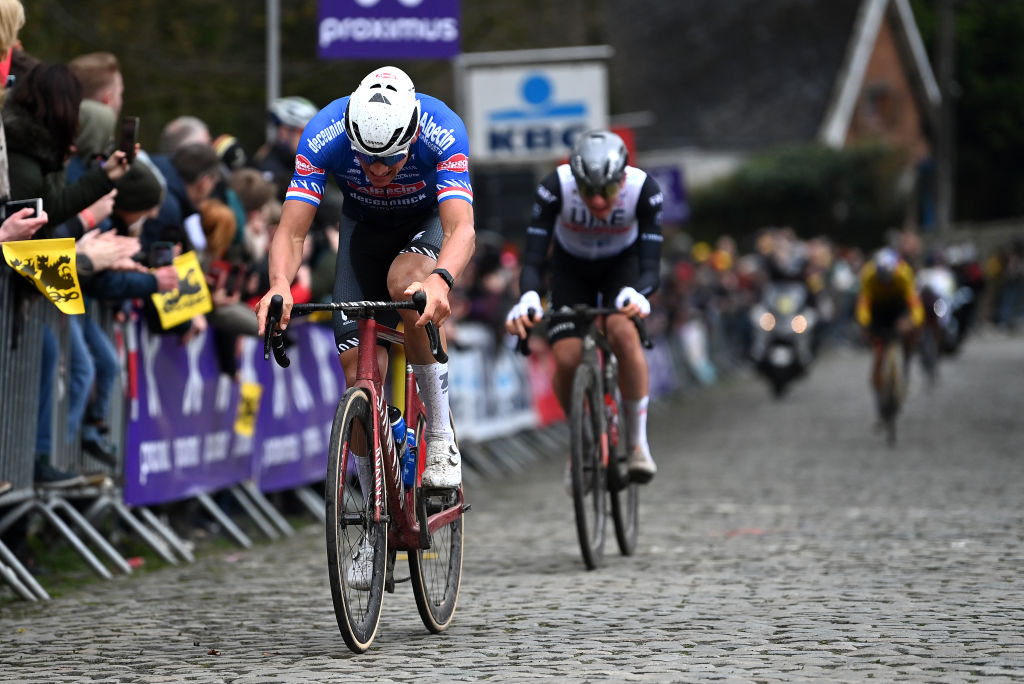 Analyzing Tadej Pogacars Unflagged Tour Of Flanders Strava Upload
May 26, 2025
Analyzing Tadej Pogacars Unflagged Tour Of Flanders Strava Upload
May 26, 2025 -
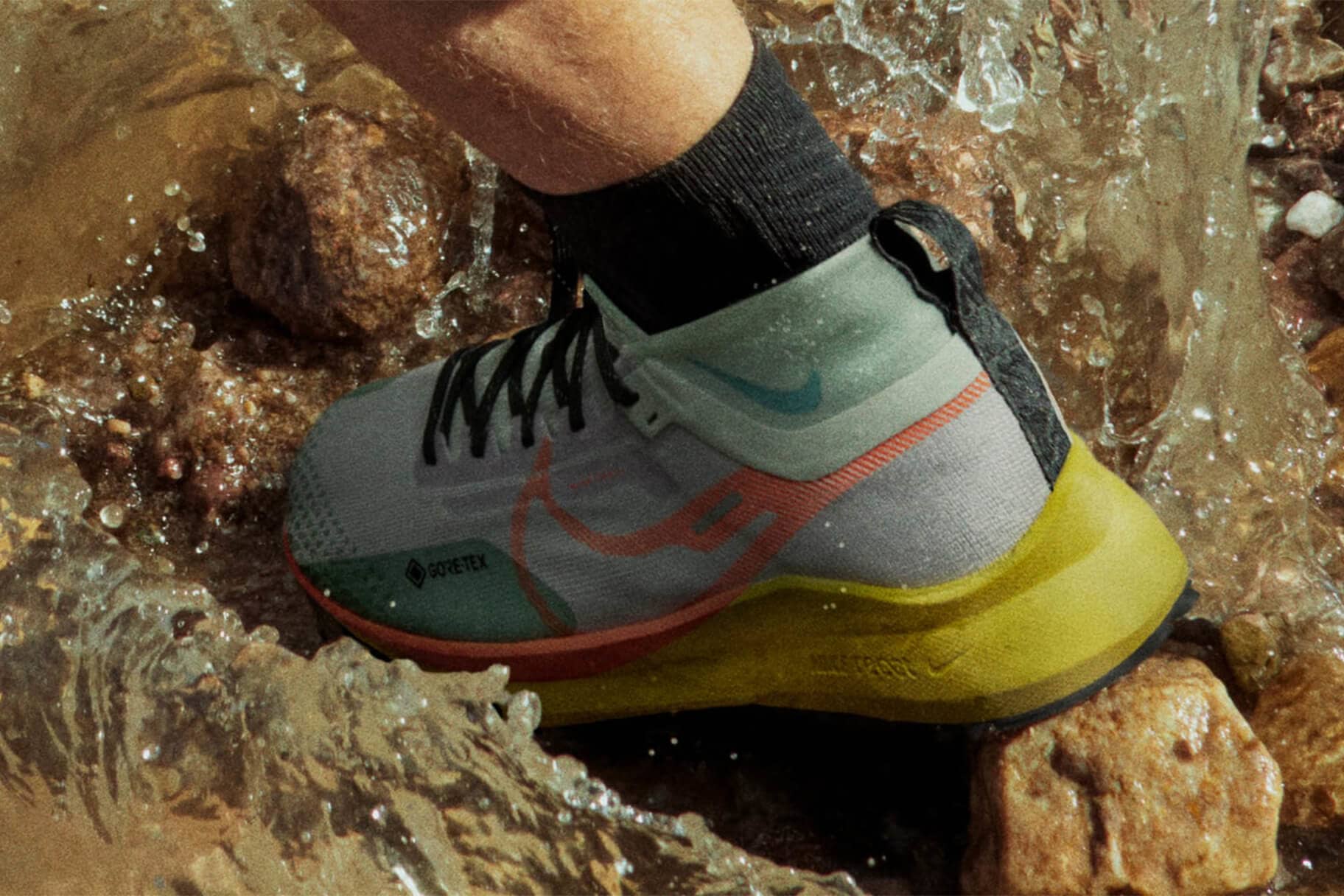 Finding The Best Nike Running Shoes In 2025 A Buyers Guide
May 26, 2025
Finding The Best Nike Running Shoes In 2025 A Buyers Guide
May 26, 2025 -
 F1 Live Timing Monaco Grand Prix Updates
May 26, 2025
F1 Live Timing Monaco Grand Prix Updates
May 26, 2025
Latest Posts
-
 Marcelo Rios Dios Del Tenis Segun Un Tenista Argentino
May 30, 2025
Marcelo Rios Dios Del Tenis Segun Un Tenista Argentino
May 30, 2025 -
 Andre Agassi Una Nueva Pista Un Nuevo Juego
May 30, 2025
Andre Agassi Una Nueva Pista Un Nuevo Juego
May 30, 2025 -
 Controversial Revelaciones Un Tenista Argentino Y Su Opinion Sobre Marcelo Rios
May 30, 2025
Controversial Revelaciones Un Tenista Argentino Y Su Opinion Sobre Marcelo Rios
May 30, 2025 -
 El Regreso De Andre Agassi Mas Alla Del Tenis
May 30, 2025
El Regreso De Andre Agassi Mas Alla Del Tenis
May 30, 2025 -
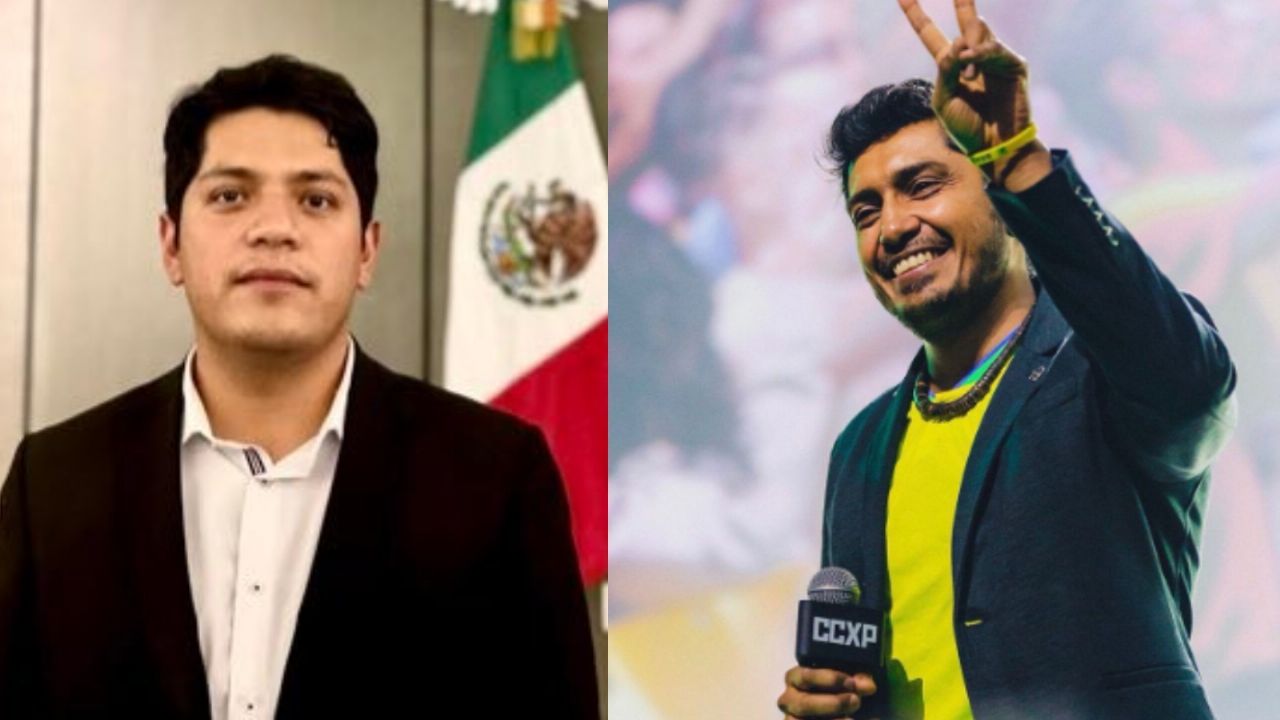 Un Tenista Argentino Arremete Contra Rios Era Un Dios Del Tenis
May 30, 2025
Un Tenista Argentino Arremete Contra Rios Era Un Dios Del Tenis
May 30, 2025
